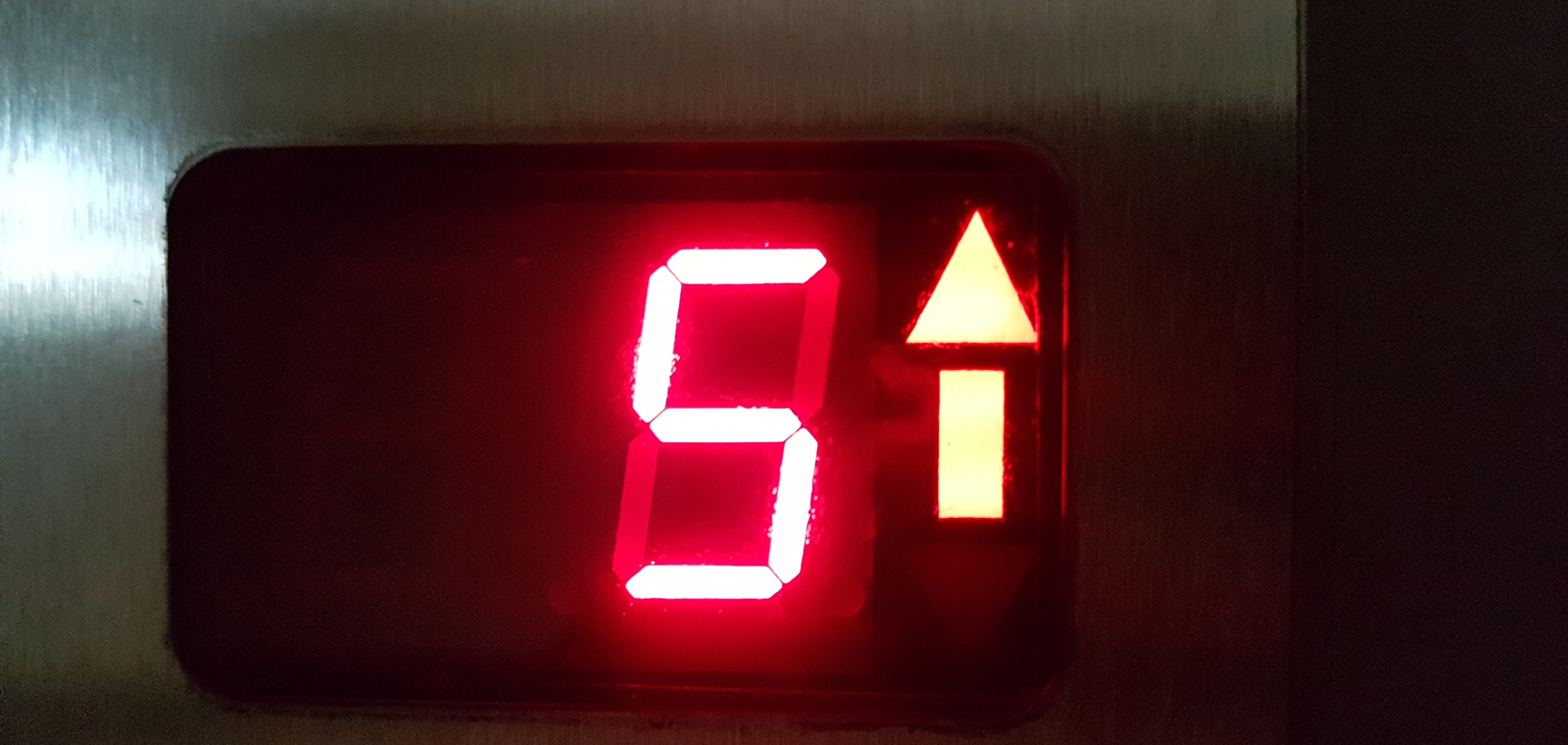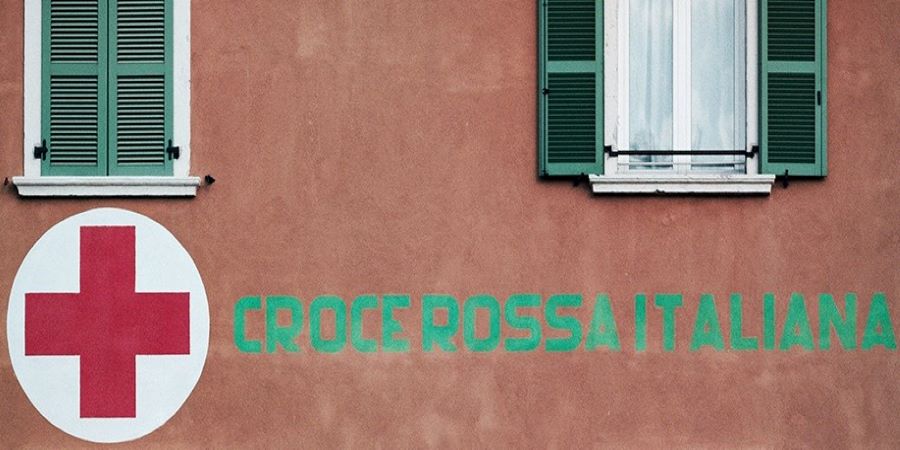by Darren Williams, AllianceBernstein
A big near-term economic hit from measures to contain COVID-19 is now unavoidable. But policymakers can still ward off a deeper spiral and build the foundations for recovery—if they take the right steps now.
The coronavirus represents an unprecedented threat to the world economy, perhaps the biggest since the Second World War. We believe that policymakers must take five essential steps to manage the public health and economic risks associated with the outbreak.
Initial Steps: Protecting Public Health, Businesses and Jobs
The first is to flatten the curve of the pandemic itself, in order to prevent the virus from overwhelming national health services as it nears its peak. We have already seen increased government spending on healthcare and unprecedented restrictions on everyday activity in many countries, including partial or full economic lockdowns.
But measures to control the spread of the virus will come at a heavy economic cost and need to be accompanied by complementary policies to soften the impact of the virus on the real economy. Vital protective measures include household income support, government loan guarantees for beleaguered companies and deferred taxation. Without these, a tsunami of bankruptcy and unemployment would sweep across the world, magnifying the economic impact several-fold.
There are important parallels here with policy responses seen during the global financial crisis (GFC). A decade ago, governments were forced to socialize banking-sector losses to prevent their economies from imploding. Today, they need to socialize losses incurred by households and firms as a result of deliberate policy action to control the spread of the virus. Unlike during the GFC, though, this isn’t a bailout—it’s called holistic policymaking and it’s exactly what’s needed in the current environment.
Additional Steps: Fiscal and Monetary Policy Actions Joined at the Hip
While measures to flatten the curve lie mainly in the hands of governments, central banks also have a vital role to play in the battle against the coronavirus.
Initially, they must provide liquidity support to the banks and financial markets in much the same way as they did during the GFC. Encouragingly, this is currently happening at breakneck speed. Next, they need to support growth, using conventional monetary policy and—far more important, given the limited ammunition at their disposal—unconventional monetary policy to help governments provide that support.
With public sector balance sheets already stretched, most governments simply don’t have the firepower to provide the support needed to prevent mass job layoffs and corporate bankruptcies. We saw the first signs of this last week, when global bond yields started to rise, partly because of concerns about increasing fiscal stimulus.
The resultant tightening of monetary conditions is something the economy can ill afford, and the response from central banks has been dramatic. Many, including the US Federal Reserve and the European Central Bank, have announced huge bond-buying programs to prevent yields rising and to allow governments to do whatever is needed to support their economies. As has happened countless times in history, governments are once again falling back on the central bank balance sheet. (It’s worth recalling that the Bank of England was initially established to finance a war, which is pretty much where the world finds itself today with the coronavirus.)
The fifth and final step policymakers need to take is direct fiscal stimulus—i.e., tax cuts, infrastructure spending and public sector wage increases—to help their economies recover once the initial hit from the virus has passed. Some of the jobs and activity lost in coming months are not coming back, making it essential for governments to provide additional support once recovery moves into sight.
Reviewing the Scorecard
So how does the global policy response measure up against our checklist? (Display).png)
With most countries already taking strong action to flatten the pandemic’s curve and providing huge fiscal support packages, we are impressed by the speed and extent of the global policy response. Even where a government’s efforts have so far fallen short, appropriate action is likely to follow in a matter of days rather than weeks or months.
The same is true for central banks, which have acted at unprecedented pace to shore up liquidity and provide fiscal space for governments to act. And while there’s no visibility yet on post-crisis fiscal stimulus, we doubt there will be much resistance to the efforts needed to get economies firing again, even in countries, like Germany, with a track record of hostility to large-scale government borrowing—even mutual euro-area debt issuance may no longer be taboo.
As recent data highlight, it is now too late for the global economy to avoid a huge hit from measures to contain the coronavirus. But policymakers can take steps to prevent this turning into a rout and provide a base for recovery once the immediate crisis has passed. In this respect, the speed and magnitude of the policy response has been encouraging, making us more hopeful about recovery prospects today than we were just a week ago. What would turn hope into optimism would be signs that Europe can emulate the Asian economies in curbing the spread of the virus. For now, those signs remain elusive.
Darren Williams is Director—Global Economic Research at AllianceBernstein.
The views expressed herein do not constitute research, investment advice or trade recommendations and do not necessarily represent the views of all AB portfolio-management teams.
This post was first published at the official blog of AllianceBernstein..
















